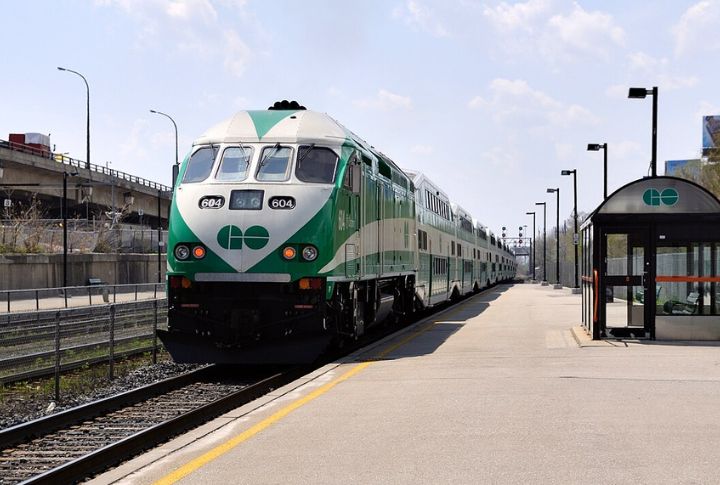
Across North America, regional rail networks play a quiet yet powerful role in how millions get around each day. They offer a reliable alternative to traffic-clogged roads and busy urban corridors, combining efficiency with comfort. But their influence doesn’t stop at daily commutes—these systems help shape urban development and support long-term sustainability. To understand their full impact, here are 10 regional railways that keep cities moving.
GO Transit (Ontario, Canada)
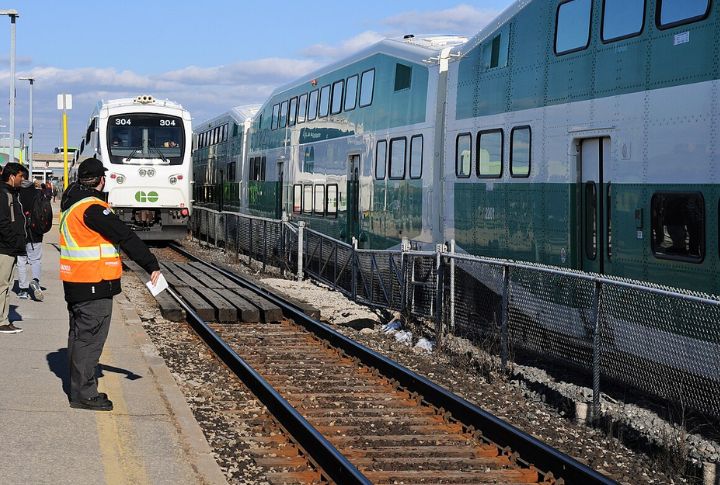
GO Transit connects commuters across the Greater Toronto Area, with seven rail lines serving over 70 million passengers annually. Originally among the first government-owned commuter rail networks in North America, it has grown into a vital transportation system. Additionally, its distinctive green-and-white trains have become a recognizable feature of Toronto’s terrain.
Metra (Chicago, USA)
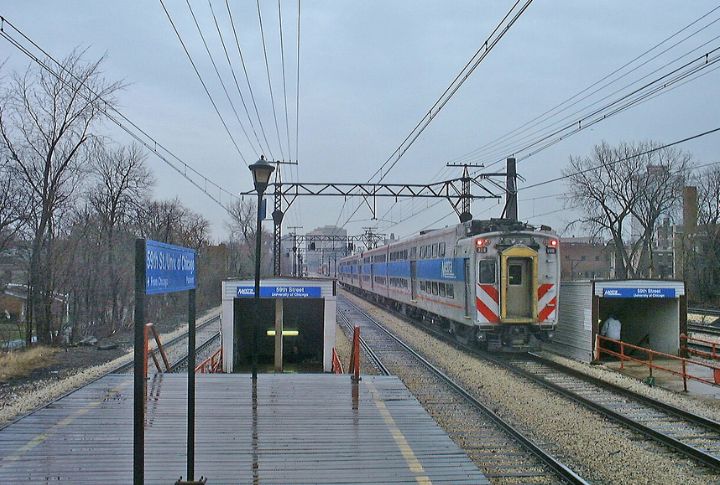
Covering more than 500 miles with 11 rail lines, Chicago’s Metra remains one of the largest commuter systems in the U.S. Uniquely designed gallery cars allow conductors to move through elevated walkways, enhancing efficiency during peak hours. As commuter needs continue evolving, Metra’s infrastructure demonstrates a balance between tradition and modern development.
FrontRunner (Utah, USA)

Utah’s FrontRunner operates along an extensive 83-mile corridor and links multiple counties with speeds reaching 79 mph. It runs parallel to Interstate 15 for most of its journey, providing a smooth alternative to highway congestion. Furthermore, portions of its track belonged to the historic Utah Central Railroad, originally constructed in 1869.
Long Island Rail Road (New York, USA)

With 11 branches, the Long Island Rail Road (LIRR) stands as North America’s busiest commuter railway. Built in 1834, this historic railway has maintained its legacy as the oldest active railroad in the U.S. Passengers traveling to Manhattan can seamlessly access Grand Central Terminal and Penn Station, which enhances connectivity across the region.
Caltrain (California, USA)
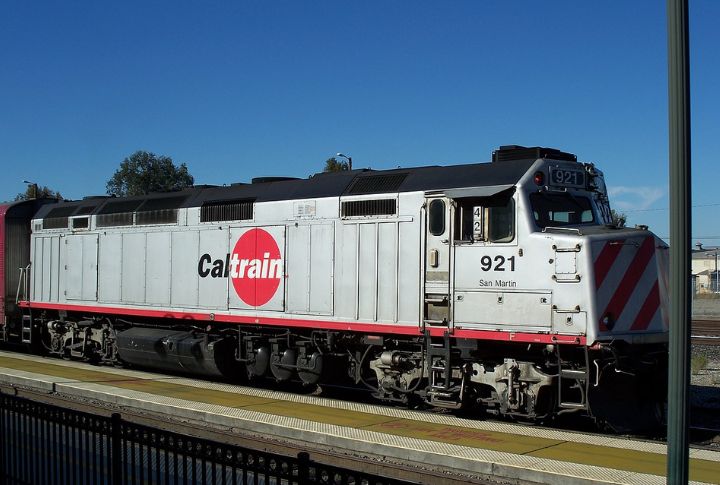
Running between San Francisco and San Jose, Caltrain provides transit access throughout Silicon Valley. Originally operated under the Southern Pacific Railroad in 1863, the service has since undergone significant modernization. With its Baby Bullet express trains reducing travel time, it continues to serve as a reliable commuter staple in the Bay Area.
Exo (Montreal, Canada)
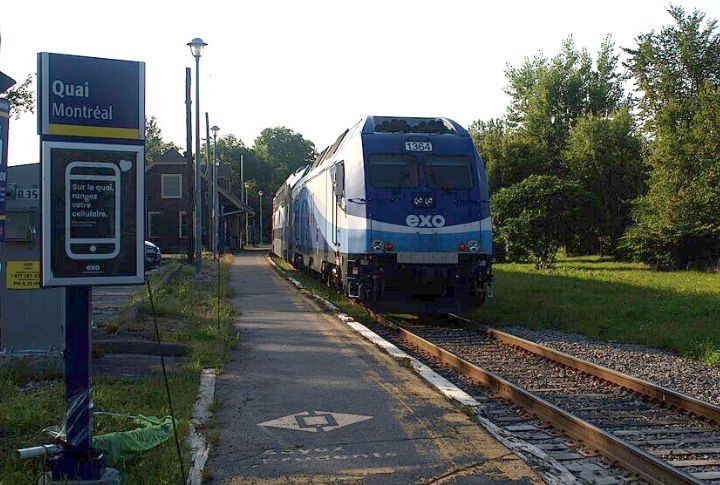
Exo oversees six commuter rail lines across Greater Montreal. It facilitates travel for over 10 million passengers annually. Several of its routes operate alongside freight rail, showcasing a distinctive blend of commercial and commuter transit. In addition, some train routes offer scenic views of the St. Lawrence River, which turns routine commutes into picturesque journeys.
SEPTA Regional Rail (Philadelphia, USA)
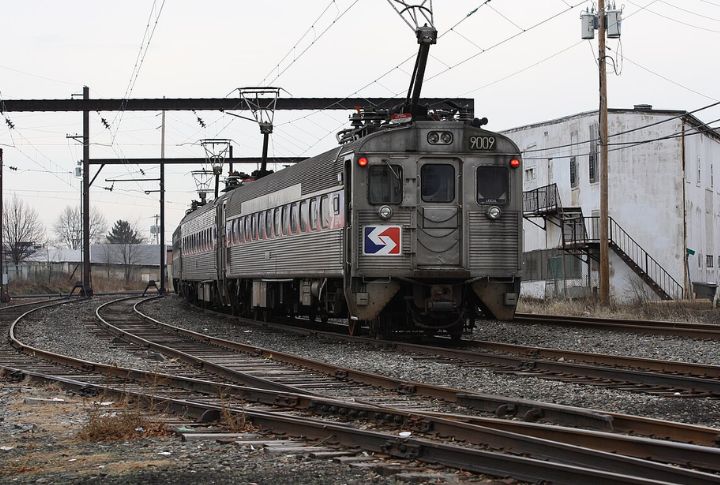
Spanning southeastern Pennsylvania, SEPTA Regional Rail consists of 13 lines that integrate with Amtrak and local transit systems. Much of its rail network originated from the Pennsylvania Railroad and adds a sense of continuity to modern operations. Equally fascinating, its Silverliner V cars feature a sleek, futuristic design that improves the commuter experience.
West Coast Express (Vancouver, Canada)
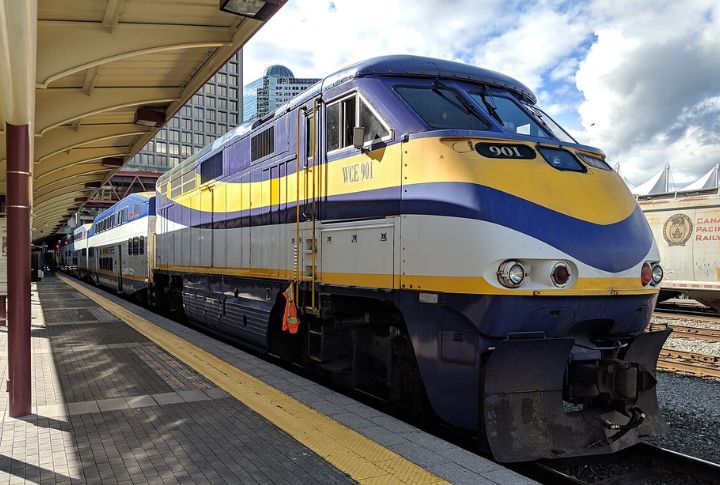
Vancouver’s West Coast Express operates five peak-hour trains linking commuters to the city’s core. Not only does it provide essential transit services, but passengers also enjoy breathtaking views of mountains and waterfront terrains along the way. Its thoughtful approach to accessibility proves that transit can balance functionality with experience.
Tren Suburbano (Mexico City, Mexico)
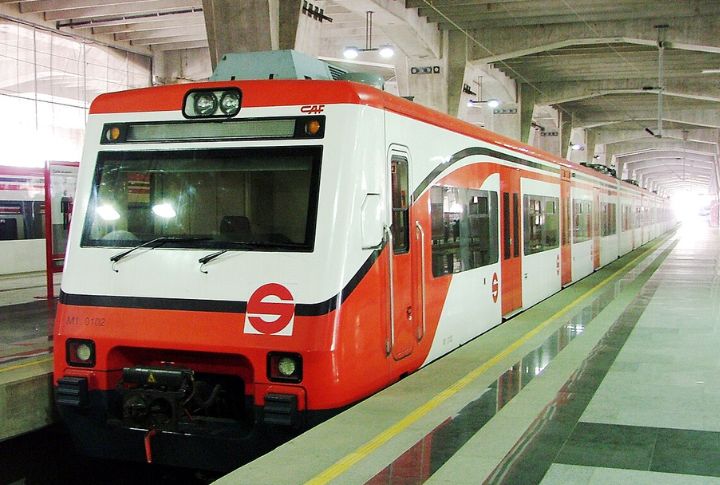
Mexico City’s Tren Suburbano is the nation’s sole commuter rail system. Equipped with modern Spanish-built trains, it serves as an alternative to the congestion-heavy roads of one of the world’s busiest cities. Its stations display artistic murals that reflect Mexico’s rich cultural heritage, which integrate local identity into urban transit.
Virginia Railway Express (Virginia, USA)
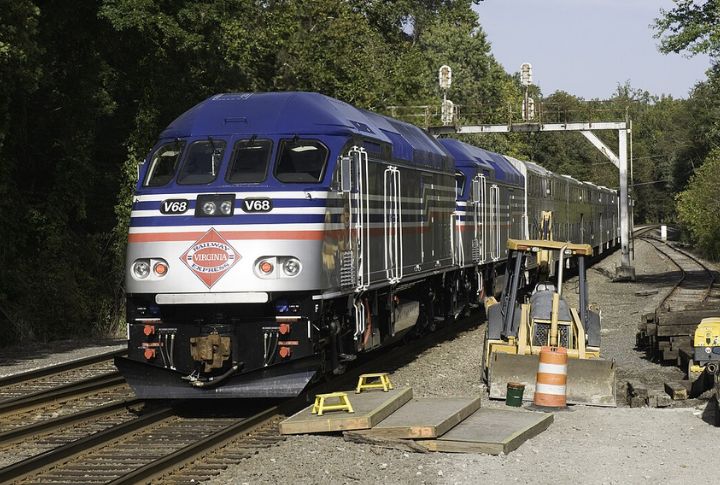
From Northern Virginia to Washington, D.C., the Virginia Railway Express (VRE) spans over 90 miles. The system provides designated quiet cars that allow passengers to travel without noise disruptions. Moreover, several stations along its route are located near historic Civil War landmarks.
